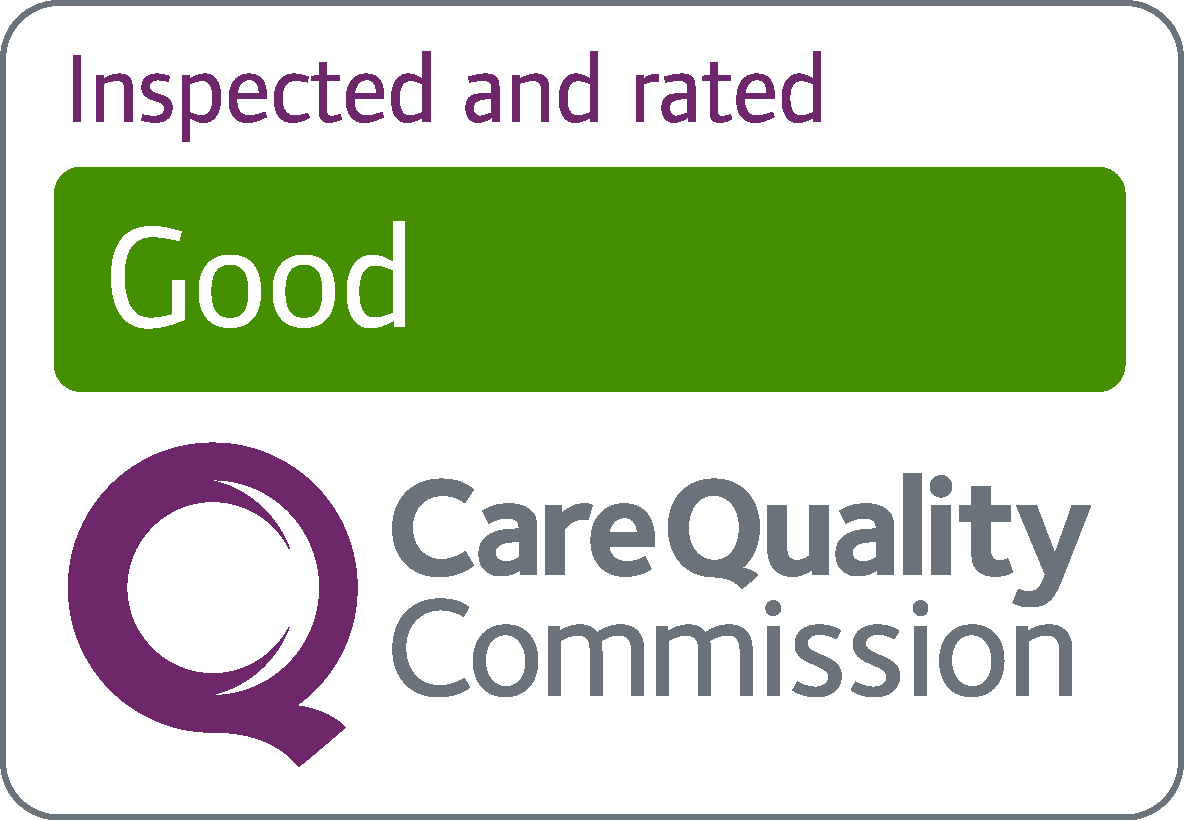Broken leg
A broken leg often happens after a serious accident like a car crash.
You may have broken your leg if you've injured it and it's:
- painful, swollen and bruised
- difficult to move
- shorter, twisted or bent
- making a grating noise (if the ends of the broken bones rub together)
If the break is severe, you may have a wound with the bone sticking out.
It can sometimes be hard to tell if a bone is broken. You'll probably need an X-ray.
Stress fractures
If you have pain in your leg that has come on over a few weeks, it could be due to small cracks or breaks in the bone. This is known as a stress fracture.
Stress fractures are usually caused by doing a repetitive activity, such as running.
Get help from NHS 111 if:
You've injured your leg and:
- it's very painful, or the pain is getting worse
- there's a large amount of swelling or bruising, or the swelling or bruising is getting worse
- it hurts to put weight on it
- it feels very stiff or is difficult to move
You can call 111 or get help from 111 online.
Call 999 or go to A&E if:
You've had an injury and:
- your leg is twisted or bent
- a bone is sticking out of your leg
- you have a bad cut or wound on your leg
- your skin is cold and sweaty
- you have a fast or weak pulse
- you’re having difficulty breathing, or your breathing is fast and shallow
- you have blue, grey, pale or blotchy skin, lips or tongue – on brown or black skin, this may be easier to see on the palms of the hands or soles of the feet
If you think you've broken your leg, there are some things you can do while waiting to see a doctor.
You should:
- avoid moving your leg or putting weight on it
- avoid raising your leg
- put some padding, such as clothing or a blanket, around the leg to support it
- stop any bleeding – put pressure on the wound using a clean cloth or dressing
- use painkillers, such as paracetamol, to help with the pain
- avoid eating or drinking in case you need surgery
Treatment for a broken leg depends on the type of break and how bad it is.
Treatments can include:
- rest for a stress fracture – you'll need to avoid the activity that caused the fracture and take the weight off it by using crutches or wearing a padded boot
- a cast to keep your leg still and hold the bones in place while they heal
- surgery – for serious breaks, plates, rods or screws may be used to keep the bones in position while they heal
- a weight and pulley (traction) to pull the bone back into place – this is often used to treat small children with a broken thigh bone
A broken leg usually takes 6 to 12 weeks to heal, but it can sometimes take longer.
You'll usually have follow-up appointments to check your leg is healing properly.
After the cast is removed, you may need physiotherapy for several months to reduce any stiffness in your leg and help strengthen it.
Ask your doctor when you can return to contact sports or other activities that put a lot of strain on your leg.
Things you can do to help your recovery
It's important to follow any advice you're given by the hospital or fracture clinic.
There are some things you can do to ease pain and help your broken leg recover.
Do
rest and raise your leg whenever possible
take paracetamol or the painkiller your doctor has given you to ease pain
gently move your toes while wearing a cast to ease stiff muscles
Don't
do not get a plaster cast wet
do not carry heavy things
do not move your leg too much
do not use anything to scratch under your cast
Get help from NHS 111 if:
You're recovering from a broken leg and:
- the pain in your leg gets worse
- your temperature is very high or you feel hot and shivery
- your leg, foot or toes start to feel numb or like they're burning
- your leg, foot or toes look swollen or turn blue or white
- your cast is rubbing or feels too tight or too loose
- there's a bad smell or it feels wet under your cast
You can call 111 or get help from 111 online.
Things you can do to help lower your chances of breaking your leg include:
- wearing the right shoes and taking enough rest time if you do a lot of running
- eating a healthy diet that includes protein, calcium and vitamin D (this is particularly important for preventing osteoporosis in women after the menopause)
- trying to prevent falls by making sure rooms and staircases are well lit, using non-slip mats and doing strength exercises and balance exercises

